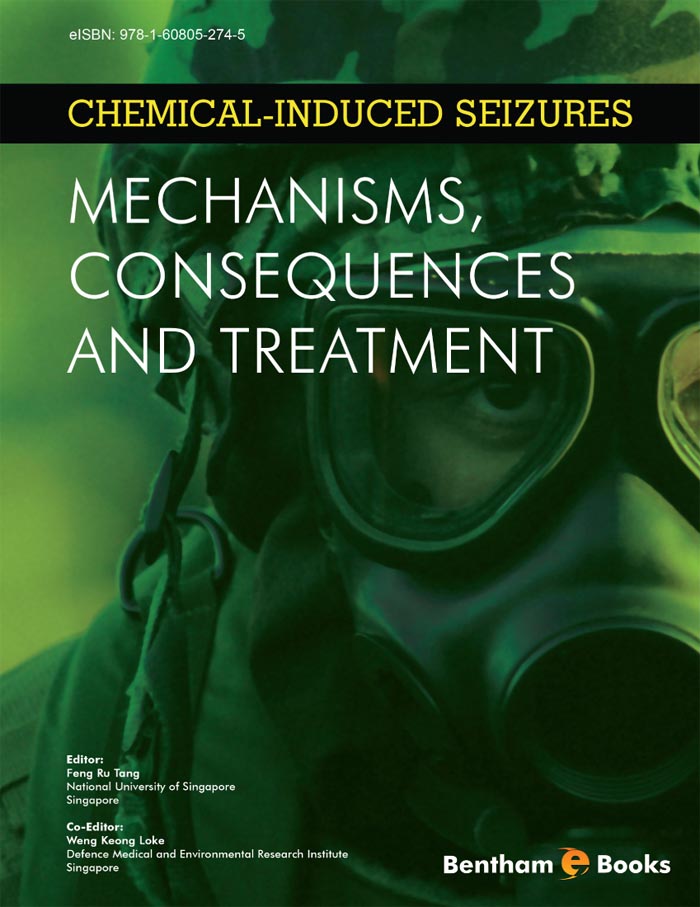Introduction
Since the Tokyo Sarin Subway Attack, the threat of chemical warfare agents has migrated from the battlefield to become a major concern for homeland security in the 21st century. While current fielded antidotes are able to mitigate acute high mortality arising from exposure to nerve agents, achieving effective neuroprotection in subjects with nerve agent induced prolonged seizures or status epilepticus is currently lacking. To overcome this challenge, establishing an improved understanding on the mechanism linking seizure onset during chemical (including nerve agents) poisoning to the subsequent cascade of biochemical, neurotoxicological, pathophysiological, genomic and behavioral changes post exposure is vital. Due to ethical, safety and chemical surety related issues, looking for surrogate chemicals has also become important for chemical defense research. In this book, internationally well-known clinicians and basic research scientists with expertise on chemical-induced seizures will update readers on the relevant areas. Doctors (civil and military), paramedics and medical students will find this book informative and timely for the current battle against asymmetric terrorist conflicts.

